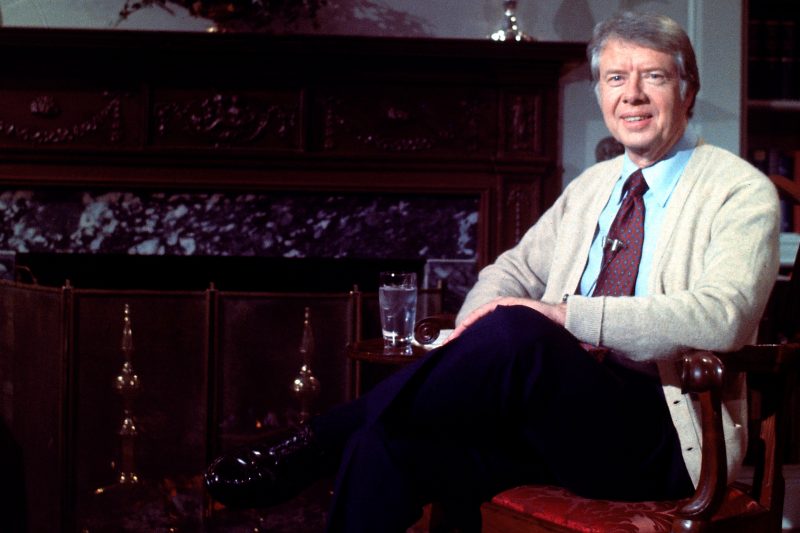
Jimmy Carter’s Sweater Sparks a Political Firestorm among Republicans
In the winter of 1977, President Jimmy Carter made a simple yet bold fashion choice that would have lasting repercussions – he wore a sweater. The choice of attire, a cozy and practical option during an energy crisis, ignited years of Republican backlash and criticism. The Republican Party, known for its emphasis on traditional values and strong defense, saw Carter’s sweater-wearing as a symbol of weakness and inefficiency.
Carter’s decision to wear a sweater in response to the energy crisis was a clear attempt to encourage energy conservation and set an example for the American people. The sweater became a visual representation of Carter’s agenda to reduce energy consumption and promote sustainability. However, to his critics, especially within the Republican Party, the sweater was seen as a sign of ineffectiveness and a lack of leadership.
The backlash against Carter’s sweater-wearing was fueled by more than just sartorial choices. It underscored the ideological divide between the two major political parties on issues such as government intervention, energy policy, and economic principles. Republicans criticized Carter’s emphasis on conservation and renewable energy sources, advocating instead for a more aggressive approach to domestic energy production, including increased drilling and deregulation.
Beyond the surface-level critique of his fashion sense, Carter’s decision to wear a sweater sparked broader debates about the role of the government in addressing complex issues such as the energy crisis. Republicans viewed his reliance on individual actions, such as wearing a sweater, as insufficient and symbolic of a larger failure to address the root causes of the crisis. In contrast, Democrats and environmentalists praised Carter for his efforts to promote energy conservation and shift towards more sustainable practices.
Despite the backlash, Carter’s sweater-wearing moment remains a symbolic chapter in American political history. It serves as a reminder of the power of visual imagery in shaping public perceptions and the enduring impact of seemingly minor decisions made by political leaders. The debate over Carter’s sweater reflects deeper ideological differences that continue to shape political discourse in the United States today, highlighting the ongoing struggle between competing visions of government, energy policy, and environmental stewardship.
